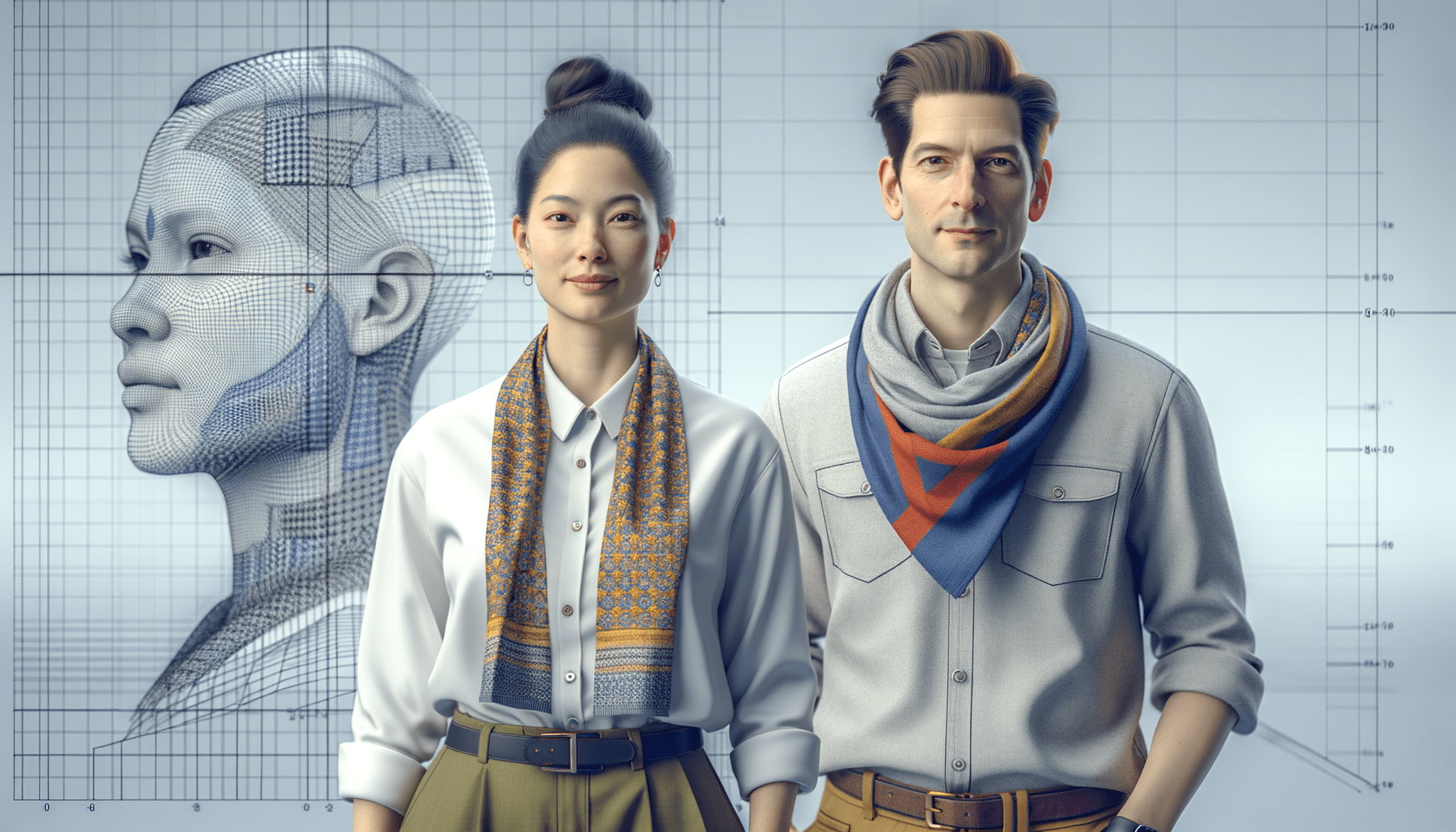Real-time ray tracing with AI acceleration is revolutionizing the video game development industry.
This technology allows for more realistic lighting, shadows, and reflections, enhancing the gaming experience.
Game developers, technical directors, and CTOs in small to medium-sized studios can leverage this cutting-edge technology to stay competitive and keep up with industry trends.
Understanding Real-Time Ray Tracing with AI Acceleration
Key Points
- Real-time ray tracing enhances visual realism in games.
- AI acceleration improves performance and image quality.
- NVIDIA’s DLSS 3.5 is a leading technology in this field.
- Ray Reconstruction is a key feature of DLSS 3.5.
- Adoption of AI-powered ray tracing is growing in the industry.
What is Real-Time Ray Tracing?
Real-time ray tracing is a rendering technique that simulates the way light interacts with objects in a virtual environment. Unlike traditional rasterization, which approximates lighting effects, ray tracing calculates the path of light rays as they bounce off surfaces. This results in more accurate and realistic lighting, shadows, and reflections.
In the past, ray tracing was too computationally expensive for real-time applications. However, advancements in hardware and software have made it feasible for use in video games. Modern GPUs, such as NVIDIA’s GeForce RTX series, are equipped with dedicated ray tracing cores that accelerate these calculations.
Ray tracing can significantly enhance the visual quality of games, making them more immersive and visually stunning. It is particularly effective in creating realistic reflections on water surfaces, glass, and other reflective materials.
AI Acceleration in Ray Tracing
AI acceleration plays a crucial role in making real-time ray tracing practical for video games. One of the most notable technologies in this area is NVIDIA’s Deep Learning Super Sampling (DLSS). DLSS uses AI to upscale lower-resolution images to higher resolutions, improving performance without sacrificing image quality.
DLSS 3.5, the latest version, introduces a feature called Ray Reconstruction. This feature uses an AI network trained on extensive data to replace traditional denoisers, which are used to fill in missing pixels in ray-traced images. Ray Reconstruction improves the quality of lighting effects, such as reflections, global illumination, and shadows.
By leveraging AI, DLSS 3.5 can deliver better image quality and higher frame rates, making real-time ray tracing more accessible to gamers and developers alike. This technology is already being used in popular titles like Cyberpunk 2077 and Alan Wake 2.
Adoption and Impact on the Industry
The adoption of real-time ray tracing with AI acceleration is growing rapidly in the video game industry. Major game developers are incorporating these technologies into their latest titles to provide players with a more immersive experience. The use of AI-powered ray tracing is not limited to AAA games; indie developers are also exploring its potential.
One of the key drivers of this adoption is the availability of powerful GPUs that support ray tracing and AI acceleration. NVIDIA’s RTX platform, for example, has become a standard in the industry, offering developers the tools they need to implement these advanced rendering techniques.
The impact of real-time ray tracing with AI acceleration extends beyond visual quality. It also influences game design and storytelling, allowing developers to create more dynamic and interactive environments. As the technology continues to evolve, we can expect even more innovative uses in future games.
Challenges in Implementing Real-Time AI Ray Tracing
High Computational Requirements
One of the biggest challenges in implementing real-time AI ray tracing is the high computational power required. Ray tracing involves complex calculations to simulate light behavior, which can be demanding on hardware. Even with AI acceleration, achieving real-time performance can be difficult, especially for smaller studios with limited resources.
Developers need to balance visual quality and performance to ensure a smooth gaming experience. This often involves optimizing assets, reducing the number of rays traced, and using techniques like DLSS to maintain high frame rates. However, these optimizations can be time-consuming and require specialized knowledge.
Integration with Existing Pipelines
Integrating real-time AI ray tracing into existing game development pipelines can be challenging. Many studios have established workflows and tools that may not be compatible with the latest ray tracing technologies. Adapting these pipelines to support ray tracing and AI acceleration can require significant changes to the development process.
Additionally, developers need to ensure that their games are compatible with a wide range of hardware. While high-end GPUs support ray tracing, not all players have access to these devices. Developers must provide options for players with lower-end hardware, which can complicate the implementation process.
Keeping Up with Rapid Technological Advancements
The rapid pace of technological advancements in the field of real-time AI ray tracing can be overwhelming for developers. New hardware and software updates are released frequently, and staying up-to-date with the latest developments is crucial to remain competitive. However, this can be challenging for small to medium-sized studios with limited resources.
Developers need to invest time and effort in learning new tools and techniques, which can divert attention from other aspects of game development. Additionally, the fast-paced nature of the industry means that developers must be agile and adaptable to incorporate new technologies into their projects effectively.
Steps to Implement Real-Time AI Ray Tracing
Step 1: Assess Hardware and Software Requirements
Before implementing real-time AI ray tracing, it’s essential to assess the hardware and software requirements. Ensure that your development team has access to GPUs that support ray tracing and AI acceleration, such as NVIDIA’s GeForce RTX series. Additionally, the software tools and libraries needed for implementation, such as NVIDIA’s DLSS SDK, need to be evaluated.
Conducting a thorough assessment will help you identify any gaps in your current setup and plan for necessary upgrades. This step is crucial to ensure that your team has the resources needed to achieve the desired visual quality and performance.
Step 2: Integrate Ray Tracing into the Rendering Pipeline
Integrating ray tracing into your game’s rendering pipeline involves several steps. Start by enabling ray tracing in your game engine and configuring the necessary settings. This may include setting up ray tracing shaders, defining ray tracing materials, and configuring lighting and shadow settings.
Next, implement AI acceleration techniques like DLSS to optimize performance. This involves integrating the DLSS SDK into your game and configuring it to work with your ray tracing setup. Ensure that your game is optimized for both visual quality and performance to provide a smooth gaming experience.
Step 3: Test and Optimize
Testing and optimization are critical steps in the implementation process. Conduct thorough testing to identify any performance bottlenecks or visual artifacts. Use profiling tools to analyze the performance of your ray tracing implementation and make necessary optimizations.
Optimization may involve adjusting ray tracing settings, optimizing assets, and fine-tuning AI acceleration parameters. The goal is to achieve a balance between visual quality and performance, ensuring that your game runs smoothly on a wide range of hardware.
FAQs
What is real-time ray tracing?
Real-time ray tracing is a rendering technique that simulates the way light interacts with objects in a virtual environment, resulting in more accurate and realistic lighting, shadows, and reflections.
How does AI acceleration improve ray tracing?
AI acceleration improves ray tracing by using AI techniques to optimize performance and image quality. Technologies like NVIDIA’s DLSS use AI to upscale lower-resolution images, delivering better visuals and higher frame rates.
What is NVIDIA DLSS 3.5?
NVIDIA DLSS 3.5 is the latest version of NVIDIA’s Deep Learning Super Sampling technology. It introduces Ray Reconstruction, an AI-powered feature that improves the quality of ray-traced lighting effects.
Why is real-time ray tracing important for game development?
Real-time ray tracing is important for game development because it enhances visual realism, making games more immersive and visually stunning. It allows developers to create more dynamic and interactive environments.
Future of Real-Time AI Ray Tracing

The future of real-time AI ray tracing looks promising, with several trends and advancements on the horizon. Here are five predictions for the future of this technology:
- Wider Adoption in Indie Games: As hardware becomes more affordable, indie developers will increasingly adopt real-time AI ray tracing to enhance their games.
- Improved AI Algorithms: Advances in AI algorithms will lead to even better performance and image quality, making ray tracing more accessible to a broader audience.
- Integration with VR and AR: Real-time ray tracing will play a significant role in virtual reality (VR) and augmented reality (AR) applications, providing more realistic and immersive experiences.
- Cloud-Based Ray Tracing: Cloud gaming platforms will leverage real-time AI ray tracing to deliver high-quality visuals without the need for powerful local hardware.
- Enhanced Development Tools: New and improved development tools will simplify the implementation of real-time AI ray tracing, making it easier for developers to integrate this technology into their projects.
More Information
- NVIDIA Debuts AI-Enhanced Real-Time Ray Tracing for Games and Apps With New DLSS 3.5 | NVIDIA Blog: An article discussing the latest advancements in AI-powered ray tracing technology.
- Reddit – Dive into anything: A discussion on NVIDIA’s ray tracing AI and its impact on the gaming industry.
- NVIDIA RTX Platform Brings Real-Time Ray Tracing and AI to Barrage of Blockbuster Games | NVIDIA Newsroom: An overview of how NVIDIA’s RTX platform is being used in popular games.
- GeForce RTX | Ultimate Ray Tracing & AI | NVIDIA: Information on NVIDIA’s GeForce RTX series and its capabilities.
- NVIDIA DLSS 3.5 | New Ray Reconstruction Enhances Ray Tracing with AI – YouTube: A video explaining the features and benefits of NVIDIA DLSS 3.5.
Disclaimer
This is an AI-generated article with educative purposes and doesn’t intend to give advice or recommend its implementation. The goal is to inspire readers to research and delve deeper into the topics covered in the article.
- The Agentic Startup Manifesto - June 8, 2025
- Remote Hiring in 2025 - April 5, 2025
- Burnout in Remote Teams: How It’s Draining Your Profits - January 27, 2025
